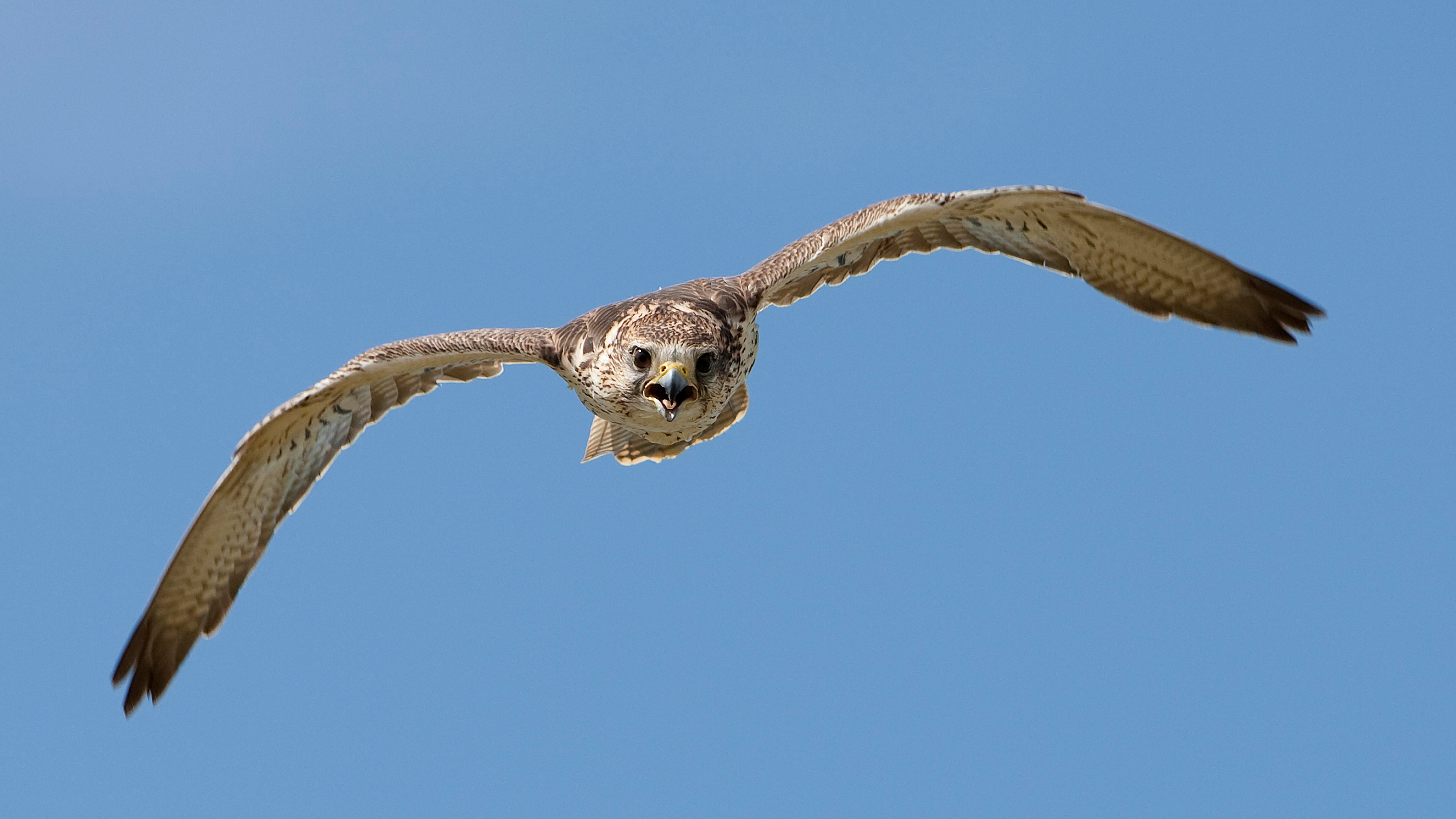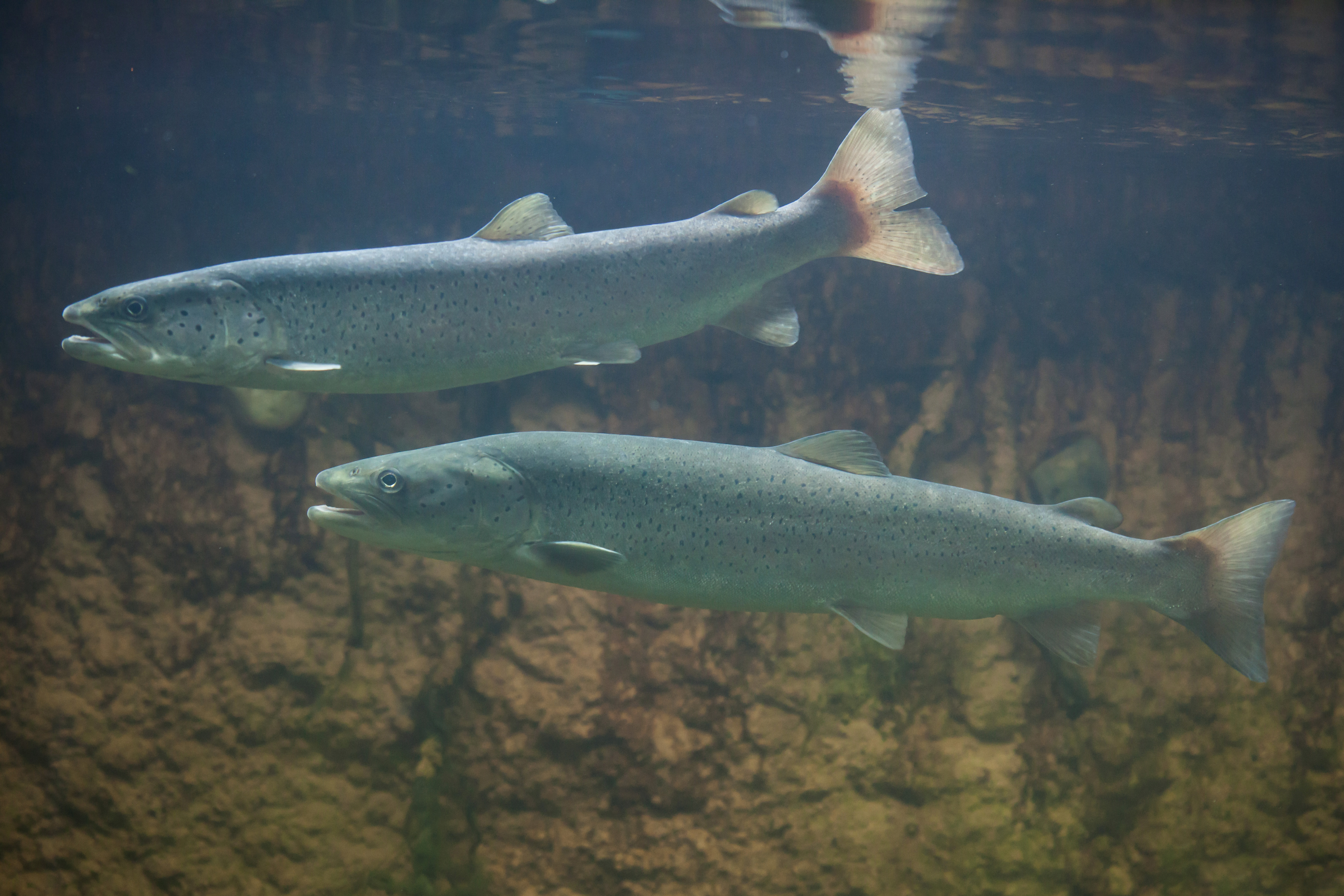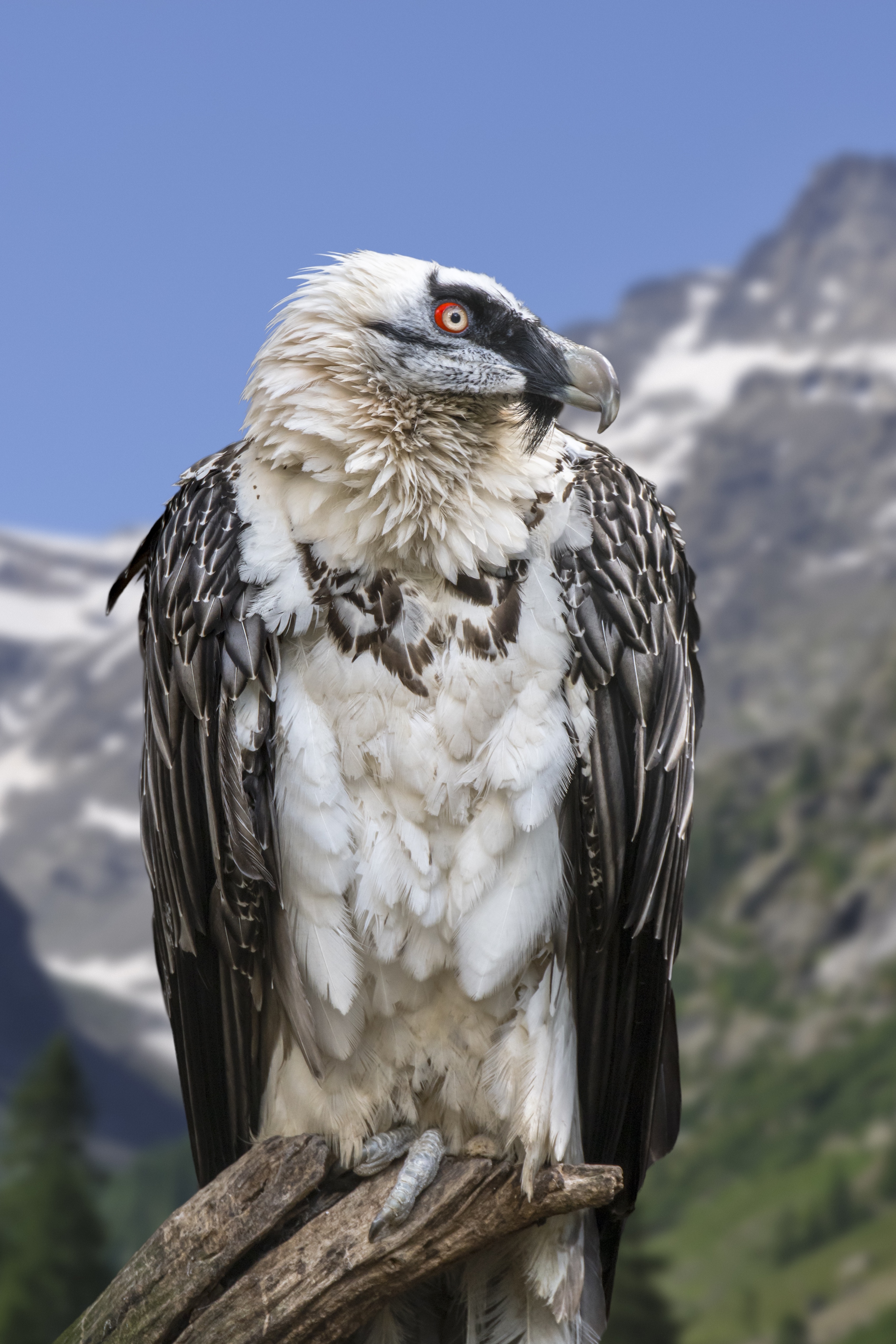
The Saker Falcon is among the birds that are under threat, with their habitats in poor condition. /Slowmotiongli/Getty
The Saker Falcon is among the birds that are under threat, with their habitats in poor condition. /Slowmotiongli/Getty
Large swathes of protected habitats across Europe are in poor condition and deteriorating, with species such as the Danube Salmon and the Saker Falcon facing a worrying future, according to a new EU report.
Biodiversity is in crisis around the world and the new State of Nature in the EU 2013-2018 study, by the European Environment Agency (EEA), shows the extent of the problem in Europe.
During a three-day EU Green Week conference, the assessment has been delivered with the aim also of laying out to stakeholders how protecting and restoring habitats can help the economies in crisis through COVID-19.

Unsustainable farming and pollution are factors that are causing a drastic decline in Europe's biodiversity and threatening the survival of thousands of animal species and habitats. The Saker Falcon and the Danube Salmon are among those in danger.
At the same time, European Union environment laws and directives lack implementation and the EEA's report says more needs to be done.
Most protected habitats and species have either poor or bad conservation status, with birds among the wildlife that are faring worst. Just under half of all bird species are thriving, at 47 percent, which is a decline of 5 percent since 2015.

Danube Salmon numbers been affected with illegal fishing and pollution. /Wrangel/Getty
Danube Salmon numbers been affected with illegal fishing and pollution. /Wrangel/Getty
"This State of Nature assessment is the most comprehensive health check of nature ever undertaken in the EU. It shows very clearly that we are still losing our vital life support system," said the EU's environment, oceans and fisheries commissioner, Virginijus Sinkevicius.
"As much as 81 percent of habitats at EU level are in poor condition with peatlands, grasslands and dune habitats deteriorating the most. We urgently need to deliver on the commitments in the new EU diversity strategy to reverse this decline for the benefit of nature, people, climate and the economy."
The report points to the impact of pollution on habitats, overexploitation of animals through illegal harvesting, hunting and fishing. Along with this, alterations to rivers and lakes and the abandonment of farmland are causing the decline of species including butterflies and birds.

The outlook is better for Bearded Vultures, numbers of which are bouncing back. /Arterra/Getty
The outlook is better for Bearded Vultures, numbers of which are bouncing back. /Arterra/Getty
There was some positive news, mainly at national or regional level with the numbers of Agile frogs in Sweden growing, while there have also been improvements for coastal lagoons in France and the Bearded Vulture generally in the EU.
"Our assessment shows that safeguarding the health and resilience of Europe's nature and people's well-being, requires fundamental changes to the way we produce and consume food, manage and use forests and build cities," said Hans Bruyninckx, EEA executive director.
"These efforts need to be coupled with better implementation and enforcement of conservation policies, a focus on nature restoration, as well as increasingly ambitious climate action, especially in the transport and energy sector."